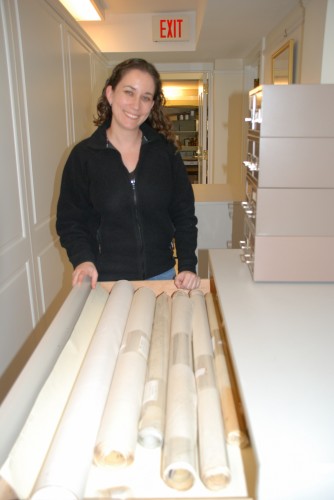On Friday, September 23, 2011, The College of Charleston’s Avery Research Center cofounder and former South Carolina House Representative, the Honorable Lucille Whipper, went back to school as a part of The HistoryMakers’ Back-to-School initiative. The initiative aims to educate and inform the younger generations about what life was like before they were
born. The Honorable Whipper spoke to approximately seventy-five fifth-grade students at Springfield Elementary School in Charleston, SC. The students were very attentive, took notes, and were very engaged with Honorable Whipper. She talked about her childhood in Charleston, her political and social activism while she was in high school, in college, in her career, and later in her life. What really got the students engaged was her discussion of segregation and the various inequalities that faced African Americans both in Charleston and on a national scale. Notably Honorable Whipper stated the struggle for Civil Rights did not just begin in the 1950s/1960s, but dates back further to the efforts to end slavery.
The Honorable Whipper did not just provide history lessons to the students, but also life lessons, such as the importance of respect for both yourself and for others, the need to love and appreciate the talents one has, and the need to give back to those who come behind you while not forgetting those who came before.
Before the presentation, the Honorable Whipper; Ms. Georgette Mayo, the Avery Research Center’s Processing Archivist; and Aaisha Haykal,
Avery’s History
Makers Fellow; were able to take a tour of the school with the Principal Ms. Blondell B. Adams.
The event was also an opportunity to promote the archival and historian professions to the students. The day before Mrs. Whipper’s visit, the students viewed a brief video about the Avery Research Center. In her introduction, Ms. Mayo discussed what an archivist does and what an archive collects.
The day would not have been possible without the support of Ms. Adams and Ms. Regina Pinckney Stephens, Springfield Elementary School’s Library Media Specialist, Ms. Fanny
Anthony, the library volunteer, and the student helpers, who arranged for the room and the
audio/visual technology. Lastly, we want to thank the Honorable Lucille Whipper for taking the time out of her day to participate in the HistoryMakers initiative and the students for their avid attention.
More photos from this event can be found on Avery’s Facebook page.











Recent Comments